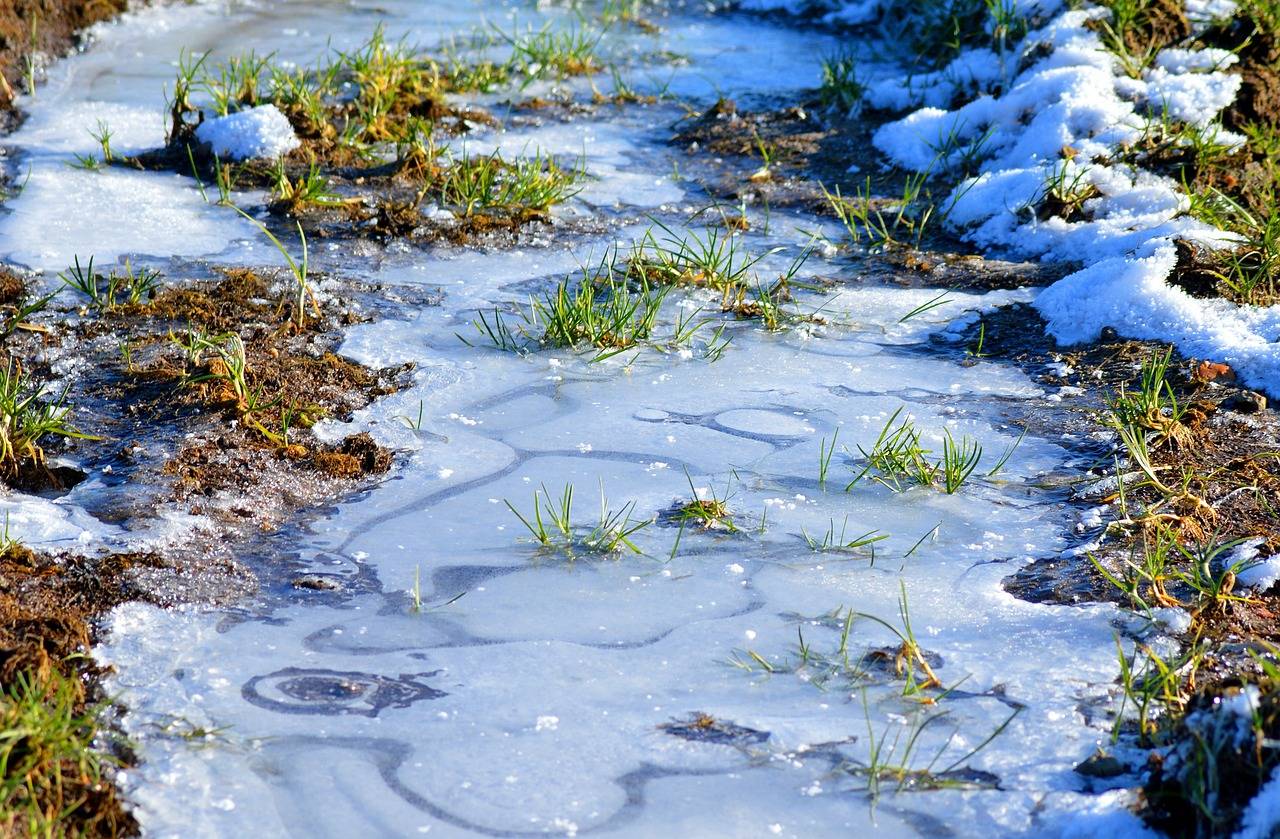Utah DOR Press Release
Safety Tips provided to help recreators stay safe this winter season
SALT LAKE CITY (Nov. 27, 2024)—As colder weather sets in across Utah, the Utah Division of Outdoor Recreation (DOR) and the Utah Division of State Parks are cautioning those who enjoy Utah’s lakes, reservoirs, and rivers about the dangers of cold water immersion. Dropping water temperatures increase the risks of cold water shock, incapacitation and hypothermia, making it essential for recreators to prepare with appropriate safety gear and precautions.
“As cold weather moves in, we urge everyone to remember that even the most seasoned outdoor enthusiasts are at risk when exposed to frigid waters,” said Ty Hunter, DOR’s boating program manager. “Wearing a life jacket isn’t just a recommendation—it’s a life-saving choice that can make all the difference in cold water. Cold water immersion can overwhelm even the strongest swimmers in minutes, and a life jacket provides crucial extra time to stay afloat and conserve energy until help arrives. It’s your first line of defense against cold water shock and hypothermia, buying you those precious moments to get back to your boat or stay above water.”
Cold Water Risks and Survival Basics
Accidental immersion in cold water can quickly incapacitate and lead to hypothermia. Hypothermia occurs when the body loses heat faster than it can produce it, leading to confusion, loss of coordination, and even unconsciousness. To increase your chance of survival in cold water, wear a lifejacket, and remember the 1:10:1 principle:
-
1 minute of uncontrolled breathing, gasping, or hyperventilation due to cold shock. The lifejacket will help keep your airway above water during this initial uncontrolled reaction.
-
10 minutes of meaningful movement to reach safety or reboard a boat.
-
The lifejacket will keep you afloat while you still have some fine motor control to self-rescue, board your boat and call for for help
-
-
1 hour of survival time before hypothermia may cause unconsciousness.
-
Wearing a lifejacket will keep you afloat and provide extra insulation.
-
Cold Water Safety Tips:
-
Wear a life jacket at all times. Cold water shock can cause rapid, uncontrollable breathing and panic. A life jacket keeps you afloat, reduces movement and conserves heat, which can be life-saving in cold water.
-
Dress for the water, not the air. Even on warm days, water temperatures can be dangerously low. Wear synthetic, water-resistant layers and bring extra clothing to stay warm if you get wet.
-
Plan ahead and stay informed. Always check the weather and water conditions before heading out. Carry a cell phone or communication device in a waterproof pouch, and consider boating with a buddy for added safety.
-
Practice controlled breathing. The initial cold shock response can lead to hyperventilation. Take slow, deep breaths to stabilize your breathing and help prevent panic to help facilitate the coordination of body movement.
-
Follow the “Reach, Throw, Row, Don’t Go” technique. If you or someone else is in the water and struggling to get out, remember this sequence:
-
Reach: Extend a stick, paddle, or other object to pull them in.
-
Throw: Toss a flotation device or rope to keep them afloat.
-
Row: Carefully row closer to offer help from a safe distance.
-
Don’t Go: Avoid entering the water to prevent additional risk.
-
-
Stay with your boat when possible. If your boat capsizes, staying with it is often safer than attempting to swim to shore. A boat is easier for rescuers to spot and provides a way to stay above water.
“Remember, cold water can drain your strength and impair decision-making rapidly, so preparation—knowing the dangers, dressing appropriately, and always wearing a life jacket—can truly save your life,” said Hunter. “No one expects to fall into cold water, but being prepared is the key to surviving if you do, and wearing a life jacket will buy you critical time.”
For additional information on cold water safety, visit recreation.utah.gov or stateparks.utah.gov.

